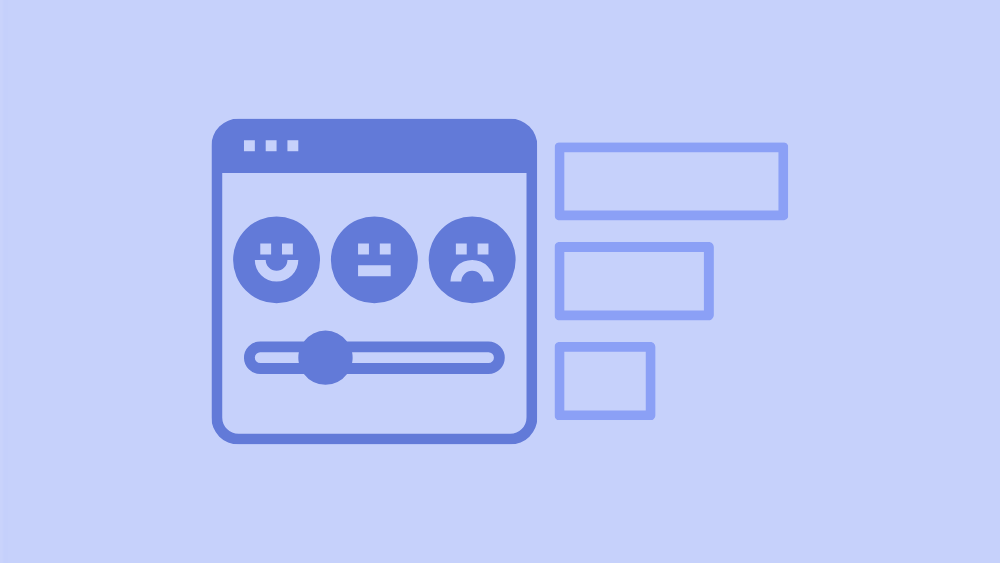How score is calculated NPS Score
Find out what it is and how to calculate the Net Promoter Score (NPS) in this article. Also understand how to actually interpret your result in accordance with your business or product.

One of the methods most used by companies to find out how their business or product is really well regarded by the public or easily replaced. Get to know the Net Promoter Score.
What is a Net Promoter Score (NPS)?
NPS is a method that uses a single survey question to measure customer satisfaction with a company, product or service. Is offered a single question to customer answer like:
On a scale of 0 to 10, how do you like this product?
When this method started, the question idea would be “How likely are you to recommend a product or company?” to know what people think about it.

When did the Net Promoter Score start?
The partner of Bain & Company, Frederick F. Reichheld developed in 2003 the Net Promoter Score, or just NPS. The idea of NPS is businesses have a quick and effective way to check how satisfied the customer is and what their loyalty is.
How (NPS) Net Promoter Score calculated?
Before teaching how to calculate the NPS score, it is necessary to establish here that the calculation itself is easy, but the interpretation of the final result is a lot more complicated. We'll talk about that later in this article.
After you collected the feedback, exist three following categories:
Promoters (scores of 9 - 10) - Highly satisfied & Loyal. This type of customer is an enthusiast of your product or service and will help you to grow by referring you to others.
Passives (scores of 7 - 8) - Moderate satisfied but not enough to promote it. This one in particular, deserves attention because isn't loyal and any other competitor that appears and shows more value than your business, can hook you.
Detractors (scores of 0 - 6) - Unhappy customers. They would easily exchange your product or service for another.
NPS Score Calculation
The Calculation is % Promoter Customers - % Detractors = Your NPS SCORE.
Imagine a customer satisfaction survey with 10 consumer responses.
6 Promoters
2 Passives
2 Detractors
0,6 (60% promoters) - 0,2 (20% detractors) = 0,4 x 10 = 40
SCORE 40

When can I use NPS?
In almost any context, this method can be used.
It doesn't even need to be used as a single fixed and separate question, you can build a report with more valuable information by using specific questions of a theme, one after another. Use it only on a specific product or to measure your company's image as a whole.
What’s a good NPS score?
The range is - 100 (all detractors and no promoters) to 100 (all promoters and no detractors).
See the scores:
70 or more: Excellent
50 to 69: Strong but can increase more
49 or less: needs improvement urgently
Below 0: Bad, very bad
The real result
This topic is perhaps the most important, the end result of your research doesn't have much to say on its own, out of context and without comparisons. And this is the most common mistake when using this method.
The final Score should be placed in context according to its niche:
Market: since each area will have a different average satisfaction from the other, and many of them have, on average, very low results for the system, but they continue to grow and remain stable. The construction sector, for example, always has an average score below 50 points, which doesn't necessarily mean it's bad, it continues with a lot of demand and stability to stay alive and comfortable for a long time to come.
Size: the size of your business, whether it is physical, or the number of clients you have also influence the analysis of these results. SaaS companies with millions or even billions of users tend to have a much lower score than smaller ones compared to their size. This is a reflection that the greater the number of consumers, the more difficult it is to satisfy everyone.

Region: The region also greatly affects the final score, from cities to continents, there are peculiarities and also the vision of added value that people place on such an area of the market depending on their culture and access.
Updated: The satisfaction value promoted by people in each of the industries and regions changed over the years. Before, an average NPS score could be high and low, and the opposite also happens. As can be seen by analyzing the averages of the financial sector, which has risen over the years, while the logistics sector has fallen in different regions of the world, due to the interpretation of people that even 3 days of waiting for their product to arrive purchased, it's still a long time to wait, as you already know that some companies like Amazon are able to deliver their deliveries sometimes within hours of purchase.
Some questions to help you with the analysis
Your product or service is intuitive to use?
Usability is simple and everyone can learn quickly?
Has the data obtained from your NPS survey been compared against all of these metrics presented in this article?
Is what you deliver really so innovative and disruptive that it stands out from the average market?
With the answers to these questions, your analysis will be easier and more realistic about the real value of the final result and what it really has to say about your company, product, or service.

